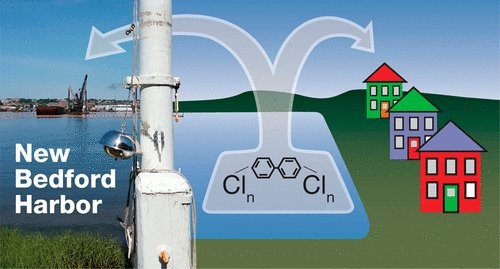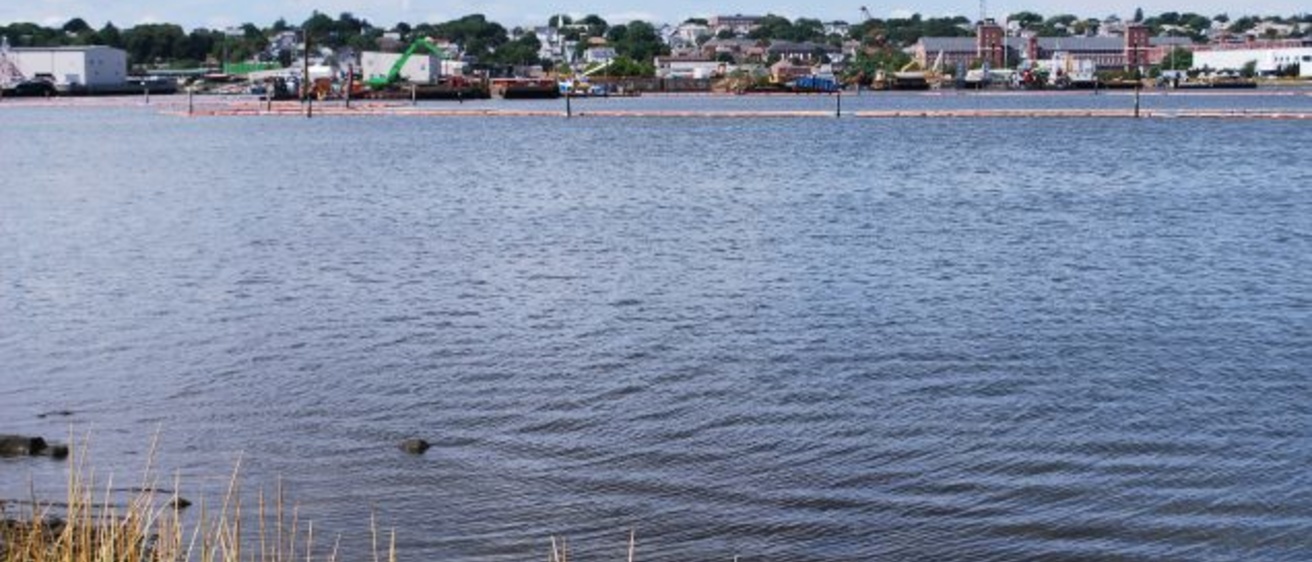Researchers from the University of Iowa Superfund Research Program and the Boston University Research Program published a report demonstrating that release of PCBs from New Bedford Harbor contribute to elevated concentrations in the surrounding air.
The authors noted there was much higher concentrations of PCBs close to the shoreline. These measurements were reproducible. They also found that the profiles of PCB congeners in the air samples are remarkably similar, and also similar to those of the commercial mixtures Aroclor 1016 and Aroclor 1242. They also found that their predicted and measured air concentrations exhibited similar ranges of values and similar spatial distributions, both decreasing in magnitude with distance.
This is the first study to show that a PCB-contaminated waterway is responsible for the nearby measured PCBs.

